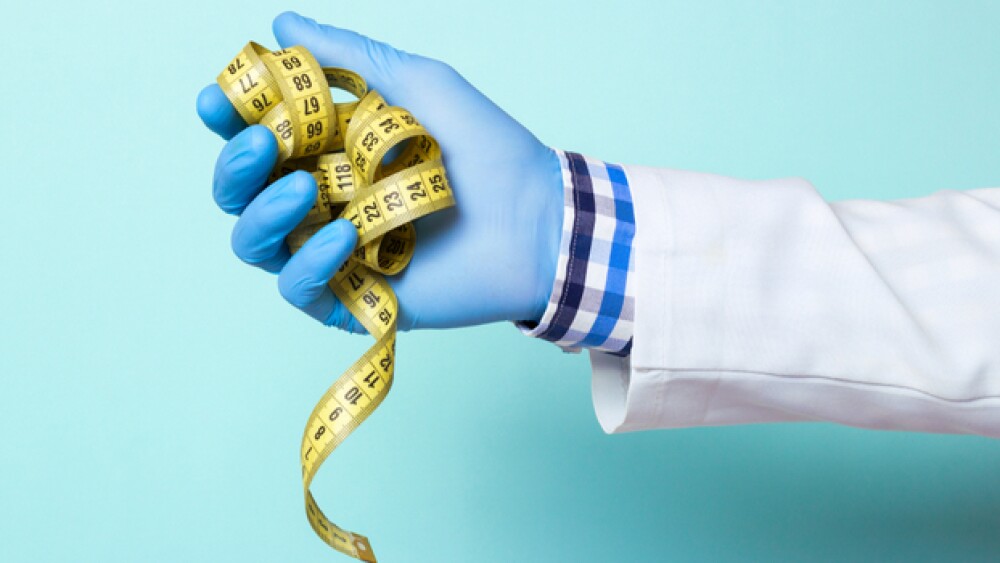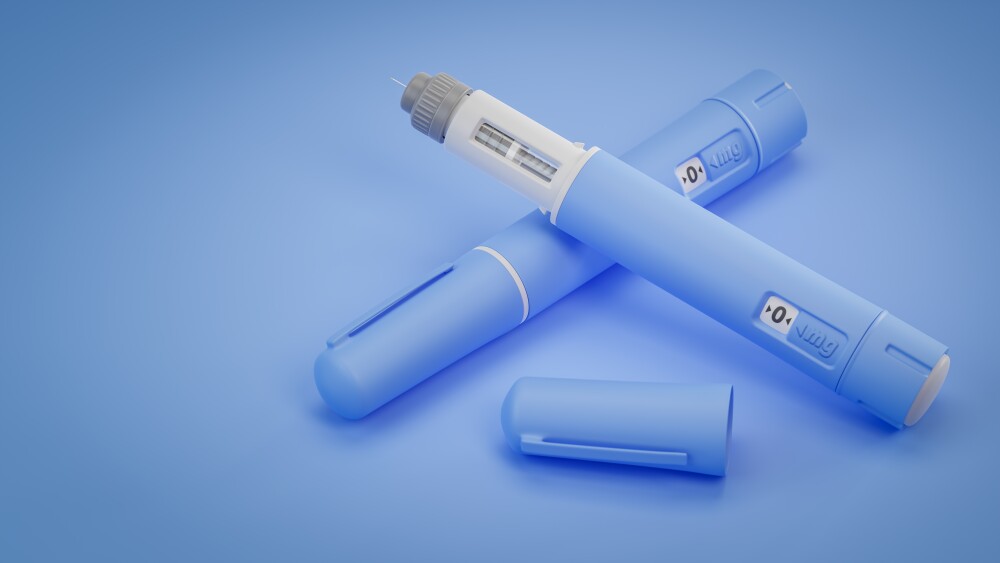Researchers at the University of Wisconsin-Madison have developed a battery-free, easily implantable device, about a third the size of a penny, that helped laboratory rats lose weight.
Obesity is, without a doubt, a problem. A 2017 study found that more than 700 million adults and children worldwide are obese, calling it a “rising pandemic.”
Researchers at the University of Wisconsin-Madison have developed a battery-free, easily implantable device, about a third the size of a penny, that helped laboratory rats lose weight. In fact, the rats lost almost 40 percent of their body weight.
The research was published in the journal Nature Communications.
What the device does is create gentle electric pulses from the way the stomach naturally churns and delivers those pulses to the vagus nerve. The vagus nerve connects the brain and the stomach. This stimulation convinces the brain into thinking the stomach is full after only eating a little bit of food.
“The pulses correlate with the stomach’s motions, enhancing a natural response to help control food intake,” stated Xudong Wang, a UW-Madison professor of materials science and engineering.
The device would also be removable, so the results would not be permanent. In their study, they removed the devices after 12 weeks and the rats went back to their normal eating patterns—and resultant weight gain.
The U.S. Food and Drug Administration (FDA) has already approved a system called the Maestro System, by ReShape Lifesciences, that hits the vagus nerve with high-frequency shocks, but it requires a complicated control unit and a heavy battery that has to be recharged.
Luke Funk, surgery professor in UW-Madison’s Division of Minimally Invasive, Foregut and Bariatric Surgery, stated, “One potential advantage of the new device over existing vagus nerve stimulators is that it does not require external battery charging, which is a significant advantage when you consider the inconvenience that patients experience when having to charge a battery multiple times a week for an hour or so.”
In some ways, the device powers itself the way a self-winding watch does, by using the body’s motion to harvest energy.
Wang and his team are beginning testing the device in larger animal models, and if those are successful, will move into human trials. Wang is a leading expert in wearable and implantable capacitive electricity-generating devices. His has also invented implantable nanogenerators that create energy from people’s heartbeats and breathing, and a motion-powdered bandage for wound healing.
It was only two weeks ago that researchers at Flinders University in Australia, working with mice, removed a single gene called RCAN1, which led to the animals not gaining weight, even after drastically overeating high-fat foods for several weeks. That research was published in the journal EMBO Reports.
“We know a lot of people struggle to lose weight or even control their weight for a number of different reasons,” stated Damien Keating, who led the international research team. “The findings in this study could mean developing a pill which would target the function of RCAN1 and may result in weight loss.”
RCAN1 creates a protein that is a feedback inhibitor of the calcium-activated protein phosphatase calcineurin (CN) and suppresses two different mechanisms of what is called non-shivering thermogenesis (NST). An increase in NST burns calories as heat instead of storing them as fat.
And last week, researchers at UC San Francisco published research in the journal Science describing their use of CRISPRa, a modified form of gene editing, to stimulate the activity of certain genes. Two genes, SIM1 or MC4R, are critical for regulating hunger and satiety. Mutations in either of these genes are often found in severely obese people. When both copies of the genes function normally, the individual is typically able to control his or her food intake. But when one copy doesn’t function, they have an uncontrollable appetite.
They used CRISPRa to target gene sequences that regulate the activity of SIM1 or MC4R, then used a virus as a vector to introduce the CRISPRa constructs into the hunger-control regions of the mice brains. The result was the mice that received the constructs churned out more SIM1 or MC4R than those that didn’t. And the mice did not become obese.
All of which is likely good news down the road, as the world grapples with a ready supply of high-calorie foods and often sedentary lifestyles related to technology. A recent study in CA: A Cancer Journal for Clinicians, noted that excess body weight was linked to approximately 4 percent of cancers worldwide. It is also linked to numerous other diseases, including heart disease and diabetes.





